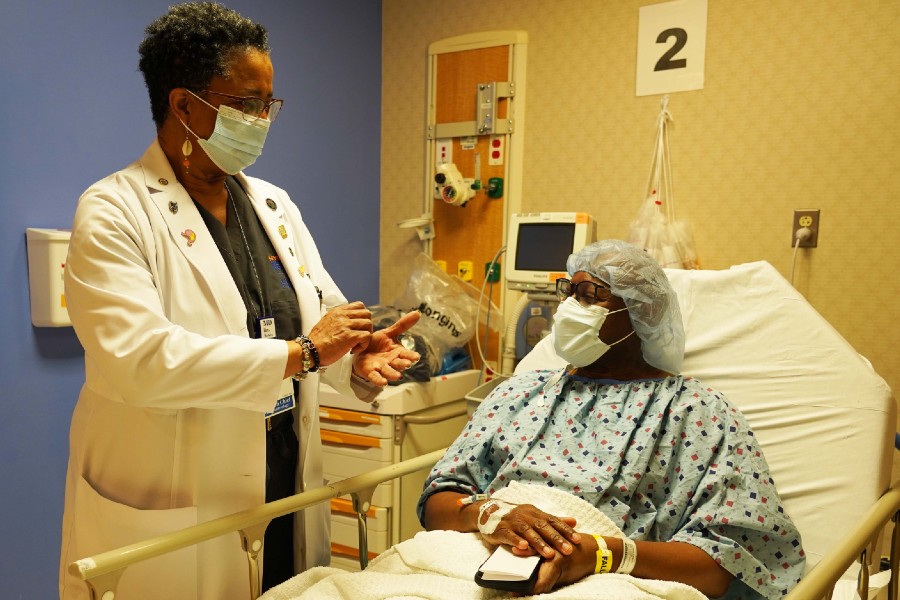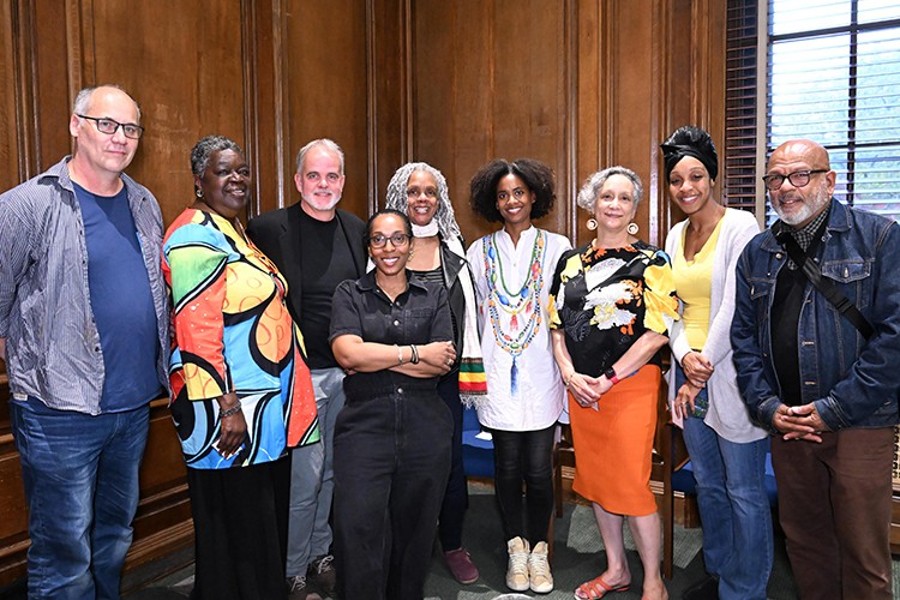 By NYCVEF
By NYCVEF
As we find ourselves in unprecedented times, the ways we once celebrated spring may look very different this year.
To help you stay connected to nature at home, we are kicking off our Green Gardening Tips series.
Spring is here too! Buds are blooming on the trees and the weather is slowly warming up. As we find ourselves in unprecedented times, the ways we once celebrated spring may look very different this year.
To help you stay connected to nature at home, we are kicking off our first Green Tip in our Green Gardening Tips series this week. Whether you plan to start an indoor garden or move seedlings outside, these Green Tips are for you!
Materials Needed
It’s usually best to start your garden indoors to protect small seedlings from harsh wind and chilly weather.
Before getting started, decide whether your garden will remain indoors or be moved outside (this will streamline additional decisions down the line).
Additionally, make sure you have the following materials:
- Seeds: There are many types of seeds (open-pollinated, heirloom, organic, and non-GMO). Check out this resource for information on seeds. You can also purchase seeds online! If you plan to move your seedlings outdoors at some point, we recommend checking out the USDA’s Plant Hardiness map to find out which seeds will work best for your environment
- Containers: This is a great opportunity to get creative! As long as the container has the ability to drain excess water (you may have to poke holes in the bottom), you can use it to plant your seeds. Here are examples of different containers to consider. To keep moisture from evaporating from your soil it can be useful to use a container with a lid (but make sure to poke holes in it or to provide some airflow). Note that the deeper the container, the more space there is for root growth.
- Soil: Use a seedling starter mix when planting your seeds, and not potting soil. Potting soil is often too dense and heavy, making it hard for thin, delicate seedlings to grow roots. If you have access to compost, create a mixture of 70% seedling starter mix and 30% compost for additional nutrients. Here is a great guide for choosing the right soil.
- Water: Ideally, harvesting rainwater is a great way to water your seedlings. If you are unable to do this, try to avoid chlorinated tap water. However, tap water will work if you have no other options
- Labels: To keep track of what’s been planted, use any method of labeling the works for you, including taping paper to the container, writing on popsicle sticks, making a guide or map, etc. This is another great opportunity to get creative.
- Location: It’s essential to place seedlings in a well-lit place or near a window with southern sun exposure. Make sure seedings are not exposed to cold or drafty areas of your house; you can even place them on top of your refrigerator during cold and grey days. If finding well-lit spaces is difficult inside your house, consider investing in a grow lamp specifically designed for plants.
Getting Started
Once you have all the necessary materials, follow these steps to get your seeds started:
- Pre-moisten your seedling starter mixture with water. Moisten the soil so that it feels like a damp sponge. This will allow you to skip heavily watering the seed once it is planted, which can push the seed deeper into the soil or cause the soil to become packed and dense.
- Fill your containers with the pre-moistened soil. Do not pack the soil! Seedlings like loose, fluffy soil.
- Sow your seeds! Create a small hole with your finger at a depth that’s specific to your seed type (which can be found on the back of your seed packet). Drop 1-5 seeds in the hole and sprinkle the seed with the soil mixture. Do not push down to pack the soil.
- Carefully add some water. To prevent the soil from drying out during germination, lightly mist the soil. The soil is already pre-moistened, so you do not need too much water at this time. Be careful not to over-water your seeds.
- Place your sowed seeds in a warm place. As suggested, you can put seeds on top of the warm refrigerator to start, as they do not need light to sprout. If you have a container with a cover, cover the planted seeds before placing them.
Check your seeds every day to ensure the soil is moist and to catch the first glimpse of your sprouting seedlings.
Once they sprout, it is very important to move them to a well-lit place as soon as possible!
Stay tuned for our next post in our Green Gardening Tips series: Moving Seedlings to A Garden and tips from Georgetown tree and garden professionals.
Happy planting!
Photo credit: nylcvef
Become a Harlem Insider!
By submitting this form, you are consenting to receive marketing emails from: Harlem World Magazine, 2521 1/2 west 42nd street, Los Angeles, CA, 90008, https://www.harlemworldmagazine.com. You can revoke your consent to receive emails at any time by using the SafeUnsubscribe® link, found at the bottom of every email. Emails are serviced by Constant Contact








